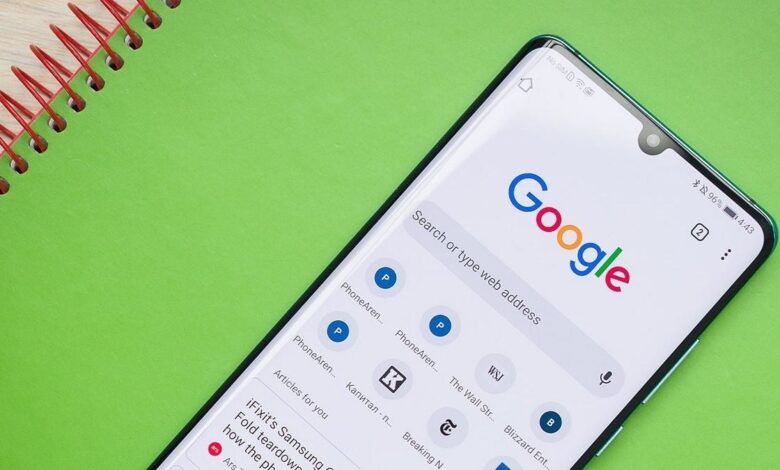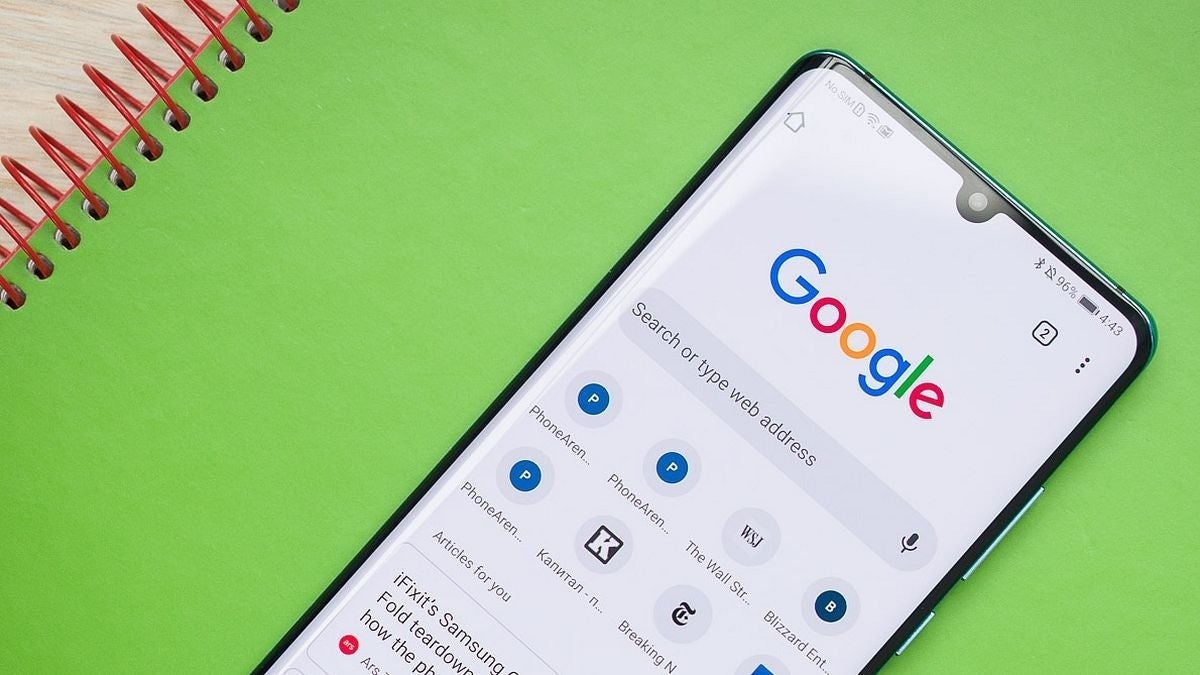Syncing and signing into Chrome for Android will become as easy as on iOS


The user has to enable a Chrome Sync option that, as the naming suggests, syncs all of their personal data, such as browsing history, cookies, passwords, or bookmarks and tabs, on the anointed devices.
Given this evolution of technology and user norms, we’re continuing to make progress on transforming our legacy sync model into one that more seamlessly meets the expectation users have today. From the point of signing in to Chrome, you’ll get access to your saved passwords, addresses, and other data from your Google Account. Where relevant, we’ll offer you the choice to sign in to Chrome for a customized browsing experience on any device. For example, you can sign in and start to plan a trip on your phone during your commute, and then seamlessly finish it up on any device. Send tabs between your devices, find your bookmarks and use autogenerated passwords with ease
Chromium project, August ’24
The Google Account sign-in will also allow users to share tabs or bookmarks between devices, or use autogenerated passwords without resorting to the Chrome Sync option first. While removing the extra step, Google is mindful of privacy as well, and will keep the browser history or open tabs syncing as a separate option that can be chosen after signing in with your personal account.
As to when will the changes roll to Chrome on Android and desktop, Google only says “soon,” but, given that the option is already present with the new identity model on iOS (Chrome 118), it shouldn’t be long.
Source link


